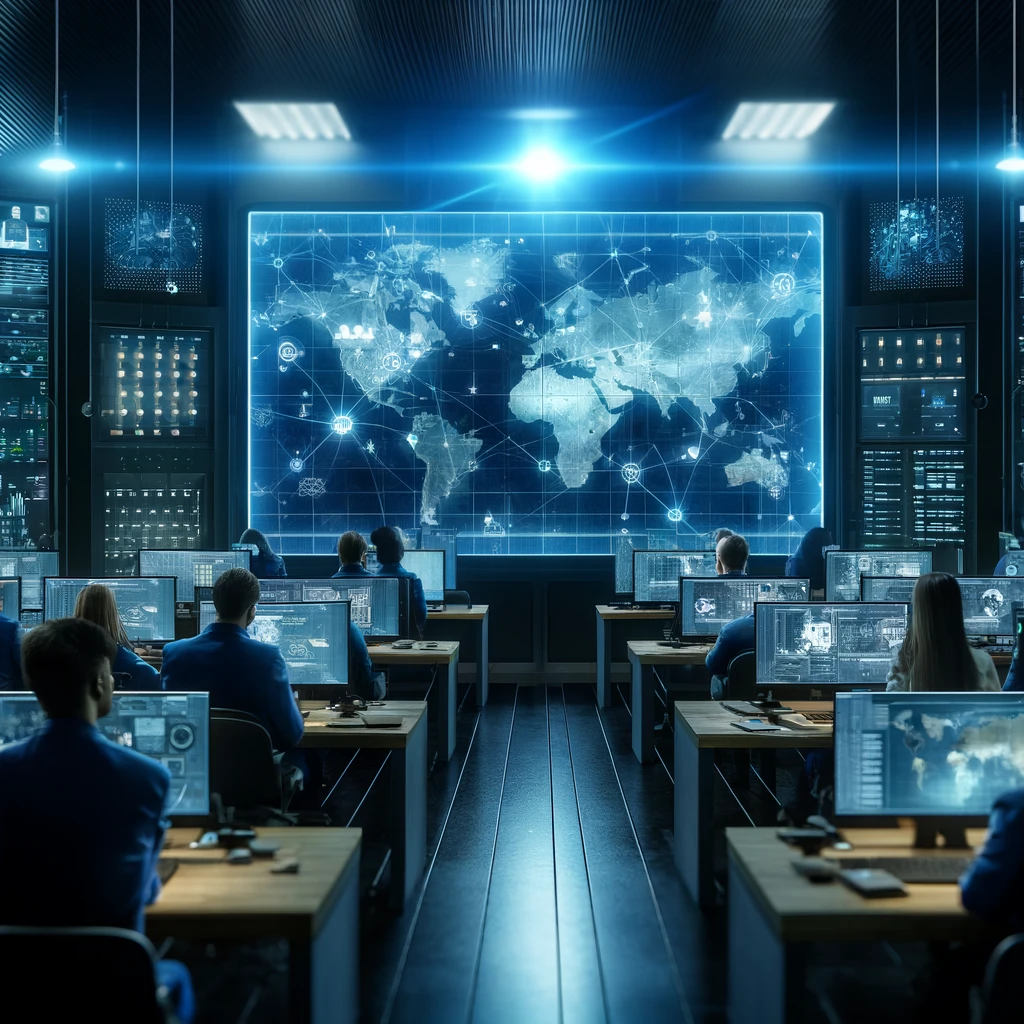The world of technology is constantly evolving, and one of the most exciting innovations that have emerged in recent years is augmented reality (AR). AR technology has the potential to transform the way we interact with the world around us, and its applications are vast and varied. From gaming and entertainment to healthcare and education, AR has the power to revolutionize many aspects of our lives.
But what exactly is augmented reality, and what does the future hold for this exciting technology? In this blog post, we will explore the history of AR, its current applications, and the potential for its future development.
What is Augmented Reality?
Augmented reality is a technology that overlays digital information onto the real world. This is achieved through a device, such as a smartphone or a headset, which combines the real-world environment with computer-generated images or data. The result is a seamless blending of the physical and digital worlds, creating an immersive and interactive experience for the user.
The History of Augmented Reality
The concept of augmented reality has been around for several decades, but it was not until the advent of smartphones and other portable devices that the technology became widely accessible. The first AR application was developed in 1992 by Tom Caudell and David Mizell, who created a system for Boeing that used AR to help workers assemble aircraft.
Since then, AR has been used in a wide range of applications, from gaming and entertainment to healthcare and education. One of the most popular AR games, Pokémon Go, was released in 2016 and quickly became a global phenomenon. The game uses AR to allow players to catch virtual Pokémon in the real world, creating a unique and engaging experience.
Current Applications of Augmented Reality
AR is used in various industries, including healthcare, education, and tourism. For example, AR is used in healthcare to help doctors and surgeons visualize complex medical procedures and train medical students. AR creates interactive learning experiences in education, allowing students to explore historic sites and scientific concepts.
In tourism, AR is being used to enhance the visitor experience by providing interactive guides and information about the surrounding area. AR is also being used in retail, allowing customers to try on virtual clothing and accessories before making a purchase.
The Future of Augmented Reality
The potential for AR is vast, and the technology is expected to continue to evolve and improve in the coming years. One area where AR is expected to significantly impact is the workplace. AR can provide workers with real-time information and guidance, improving efficiency and safety. For example, AR can provide workers with step-by-step instructions for complex procedures, reducing the risk of errors and accidents.
AR is also expected to significantly impact the entertainment industry, with the potential to create immersive experiences that blur the lines between the physical and digital worlds. For example, imagine attending a concert or sporting event from the comfort of your own home, with virtual reality technology providing an experience that is almost as good as being there in person.
Augmented reality is a technology that has the potential to transform the way we interact with the world around us. From gaming and entertainment to healthcare and education, the applications of AR are vast and varied. As the technology continues to evolve and improve, we can expect to see even more exciting applications of AR in the future.
Whether in the workplace, the entertainment industry, or our everyday lives, AR has the potential to revolutionize how we experience the world. As we look to the future, it is clear that augmented reality will play an increasingly important role in shaping our world and enhancing the human experience.
If you are interested in learning more, Schedule a call today.




